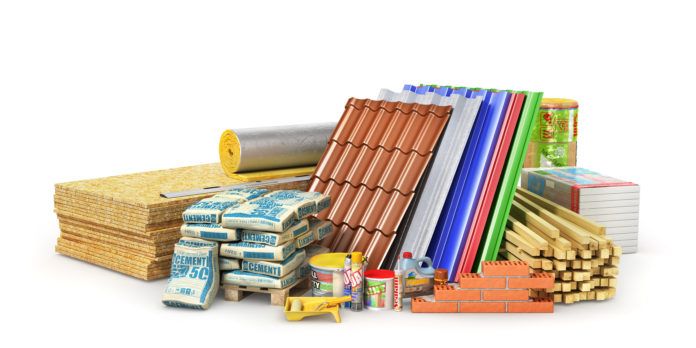The supply of most building materials has returned to pre-pandemic levels, according to the Construction Leadership Council’s latest product availability statement.
This return to supply includes bricks, blocks, boilers, plaster and timber products.
Mineral wool has also come off allocation and returned to normal supply. Furthermore, a major supplier is investing £50m to increase capacity for glass mineral wool to support anticipated demand stemming from works under the Social Housing Decarbonisation Fund, which must be completed by the end of 2024.
Due to the sharp fall in house building over the past year, brick stocks have recovered and availability is no longer a key issue.
Meanwhile, as surveys for RAAC in certain buildings persists, the CLC’s newly-formed RAAC response group said it will share views on any supply chain concerns.
Price inflation has stabilised, as prices – if they are increasing – are only rising at 1-2% compared to a year ago, where there were increases of 5%. There are reports of more discounts in the market and some indicators show prices coming down. The price of timber, for example, continues to fall, along with some plastic and energy intensive products.
This is largely due to a stagnation of demand, particularly with the ongoing decline in housebuilding activity over the last six months. Poor weather and strikes in July and the August holiday period also contributed to a slowdown in activity over the summer. Although there are signs of improvement in some regions in September, the key economic drivers – inflation, increased cost of living and higher interest rates – will remain a significant challenge for construction output for the rest of the year.
The statement concluded: “As mentioned in our June statement, we are also aware that, with the availability and cost of financing options increasingly limited, commercial behaviour is likely to harden putting pressure on lower tiers and SME companies reducing cash-flow capacity and making liquidity a greater challenge. We are seeing an increase in the number of insolvencies and administrations; this is an area we will continue to monitor.”




